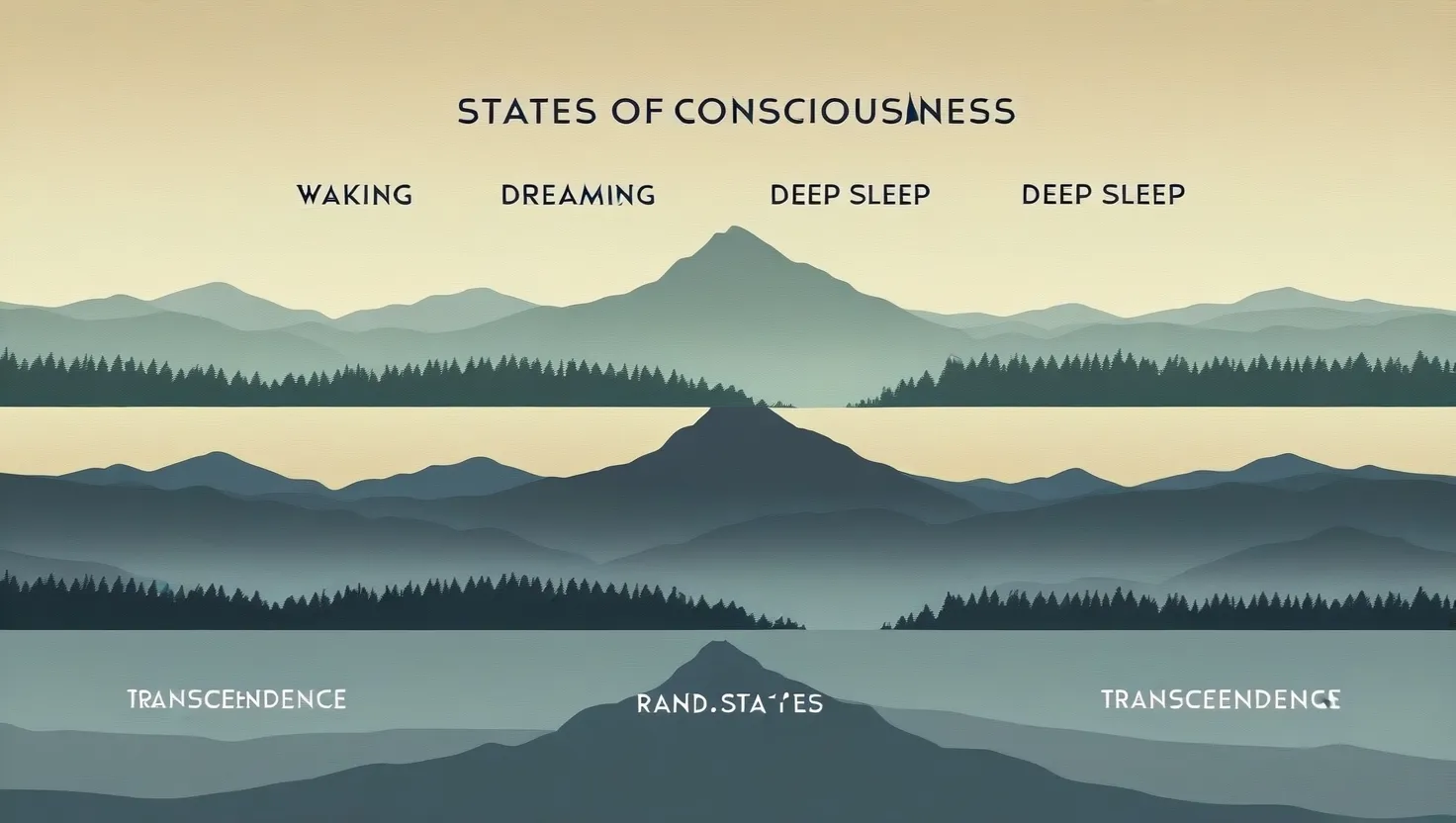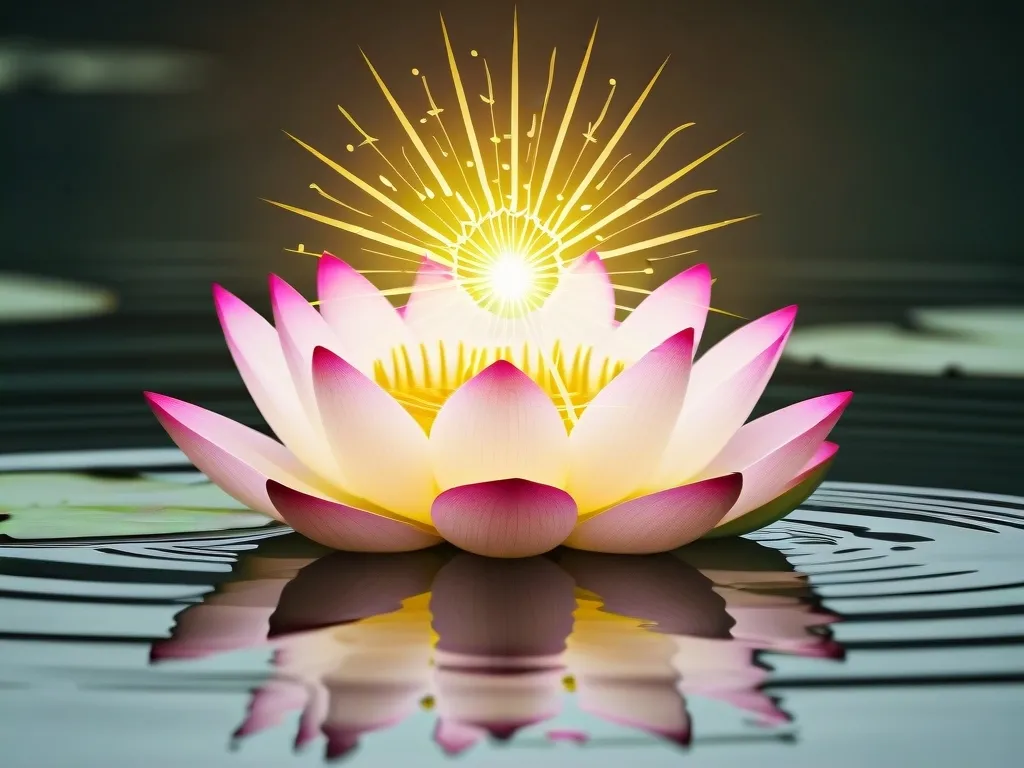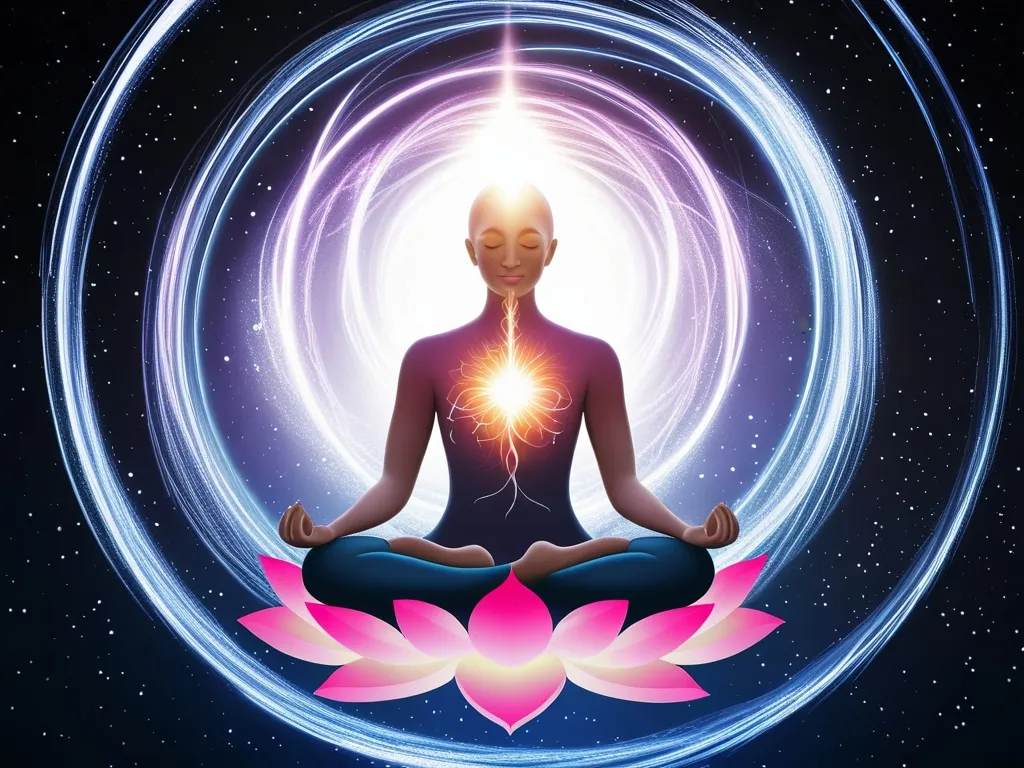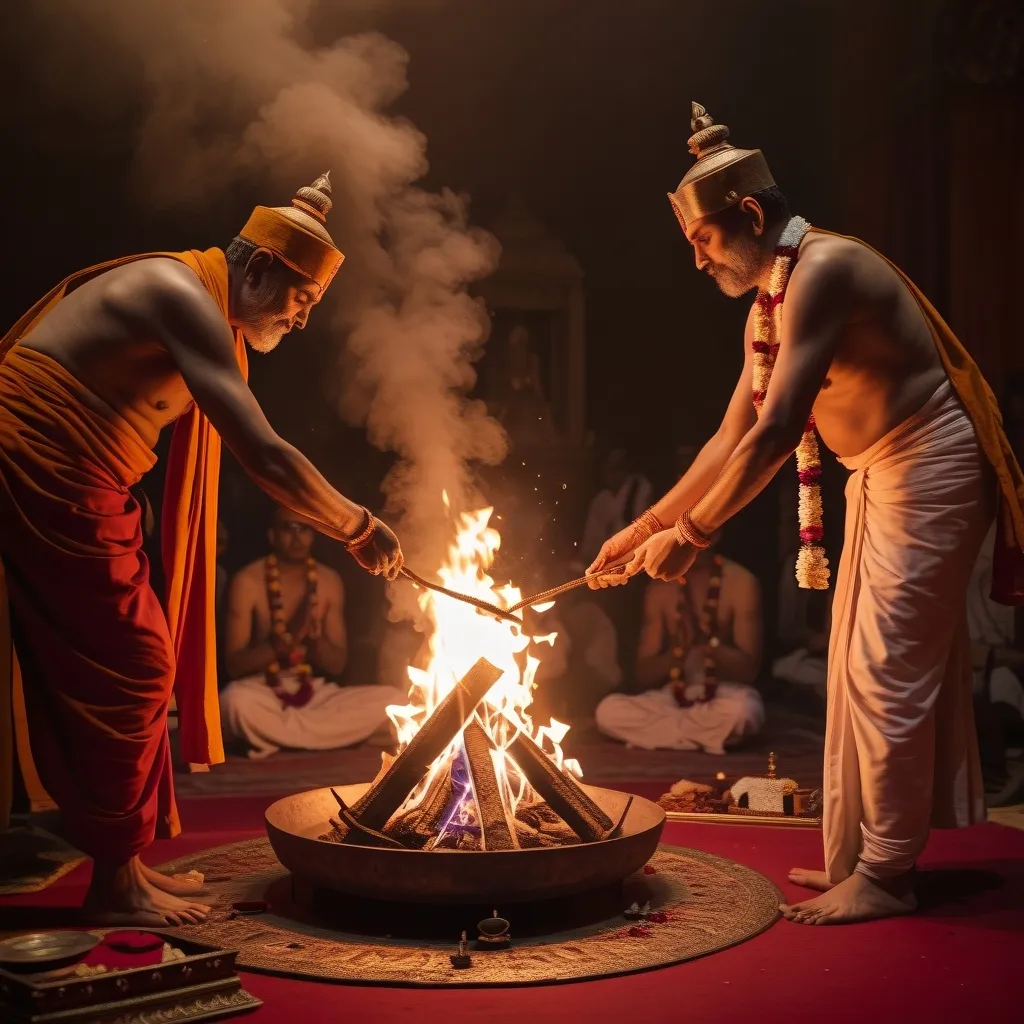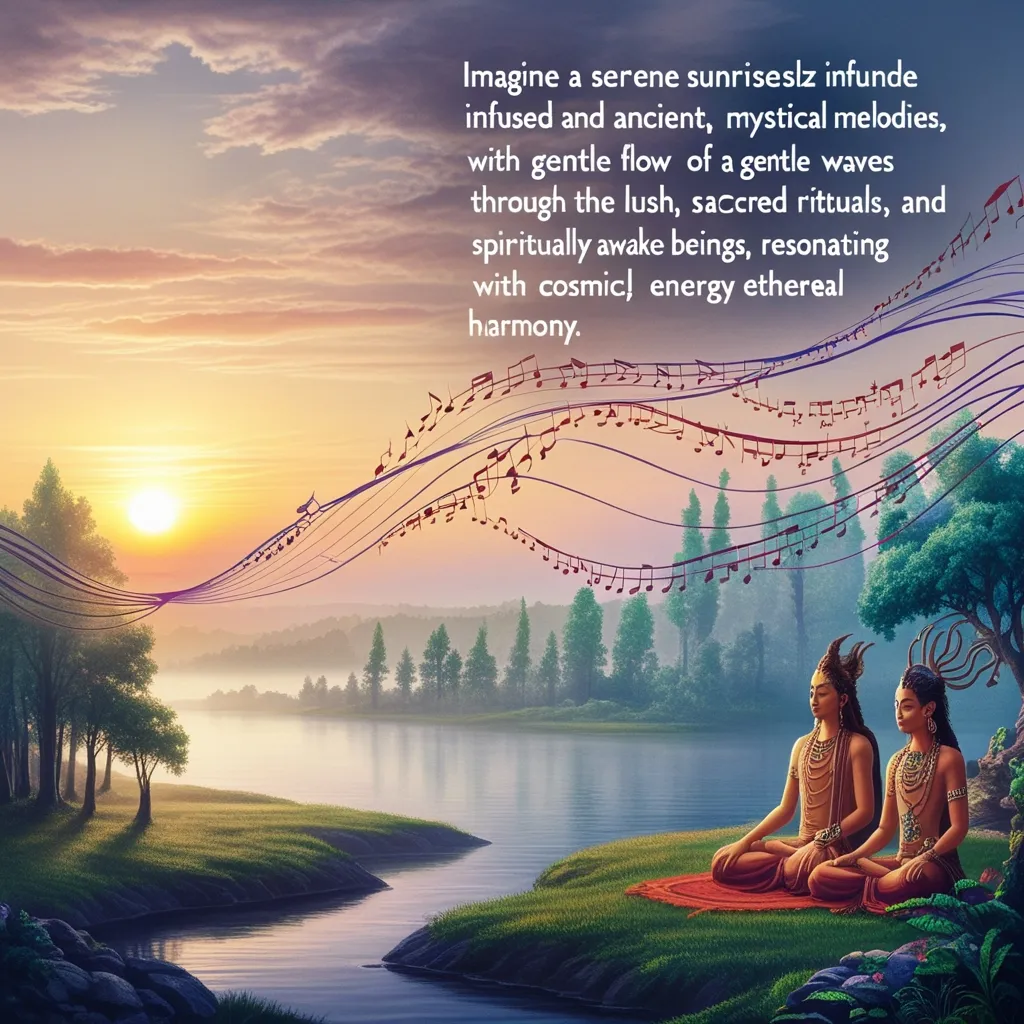In the vast and intricate landscape of Vedantic psychology, the concept of Avasthas, or states of consciousness, stands as a pivotal yet often overlooked aspect. These states, which include the familiar waking, dreaming, and deep sleep, along with the more enigmatic fourth state, Turiya, offer a profound lens through which we can understand the nature of consciousness and reality.
Let’s begin with the waking state, known as Jagrat or Jāgṛt-avasthā. Here, our consciousness is outwardly directed, engaging with the world through our senses, mind, and intellect. This state is characterized by our interaction with gross objects and experiences, where we perceive the world around us and react to its stimuli. The divinity inherent in this state is termed “Vaiśvānara,” meaning the one in whom all beings reside and who is the indweller in all beings. This state is marked by the active engagement of our physical body, mind, and intellect, consuming experiences and emotions that shape our daily lives[2][4][5].
As we transition into the dreaming state, or Svapna, our consciousness shifts inward. Here, the mind is engrossed in the impressions it has gathered during the waking state, known as “Samskaras.” These impressions are the residue of our experiences, and in the dream state, they manifest as a subjective world. The dreamer, or Taijasa, experiences a world created from these mental impressions, devoid of the external stimuli present in the waking state. This state is subtle, with the mind projecting various shapes and forms based on past experiences. The emotional faculty replays recorded emotions, and the intellect is dormant, making the ego in this state a mere reflection from memory[2][3][4].
Deep sleep, or Sushupti, is a state where the consciousness is undistracted and not engaged with either external or internal worlds. Here, the sleeper, known as Prajna, does not experience any dreams or gross objects. The emotional and intellectual faculties are inactive, and there is no sense of “I” as we know it in the waking and dreaming states. Yet, this state is not a complete non-being; it is a seed state where the subtle body is almost dormant but still exists. This state is crucial because it brings the individual close to the blissful reality of Brahman, offering a glimpse of absolute bliss and oneness[3][4][5].
Beyond these three states lies the elusive fourth state, Turiya. Described in the Mandukya Upanishad, Turiya is the state that transcends the waking, dreaming, and deep sleep states. It is the substratum of these three states, the silent and unchanging background against which the other states play out. In Turiya, one experiences the infinite and non-dual nature of reality, beyond the illusions of duality and the projections of the mind. This state is liberation, where the individual realizes the non-causal Brahman, the ultimate reality that underlies all existence. Turiya is not just a state but the true state of experience, where one apprehends the absolute emptiness and the indivisible consciousness that projects the world of individual souls and external objects[1][3][4].
The interconnections and transitions between these states are as fascinating as they are complex. Each state builds upon the previous one, offering a deeper layer of understanding about our being and the cosmic truth. For instance, the impressions gathered in the waking state (Samskaras) shape our dreams, and the deep sleep state, though devoid of specific experiences, is a reservoir of bliss and unity that influences our waking and dreaming lives.
Understanding these Avasthas is not merely an intellectual exercise but a practical guide for spiritual practice. By examining these states, we gain insights into the nature of consciousness and the structure of reality. The Vedantic seers used these states as gateways to profound self-knowledge and cosmic awareness. For example, recognizing that the mind creates duality and separateness in the waking and dreaming states but not in deep sleep, one can strive to transcend this duality by cultivating a higher state of awareness. This involves increasing the Sattva (purity) and practicing Ahangraha Upasana (self-inquiry), which helps in realizing the oneness that underlies all existence[3][5].
The practical implications of understanding Avasthas are significant. It helps in meditation and self-inquiry, guiding us to look beyond the superficial layers of consciousness. When we recognize that our true identity is not bound by the waking, dreaming, or deep sleep states but is the witnessing consciousness that pervades all these states, we move closer to self-realization. This realization is not just a philosophical concept but a lived experience that transforms our perception of the world and our place in it.
In our daily lives, we often find ourselves oscillating between these states without much awareness. However, by becoming more conscious of these transitions, we can tap into the deeper aspects of our being. For instance, the bliss experienced in deep sleep can be a clue to the non-dual state, or Advaitic state, where one feels a continuous existence beyond the ephemeral experiences of waking and dreaming.
The study of Avasthas also highlights the importance of the Atman, the self that witnesses all these states. The Atman is immutable, ever-present, and luminous, shining through all the experiences of waking, dreaming, and deep sleep. It is the self that remains constant while the ego and the world around us change. Recognizing this Atman as our true identity frees us from the bondage of identifying with the transient states of consciousness[3][4].
In conclusion, the exploration of Avasthas in Vedantic psychology is a journey into the heart of consciousness and reality. By delving into the nuances of these states, we uncover a rich tapestry of spiritual and philosophical insights that guide us toward a deeper understanding of ourselves and the cosmos. Whether you are a meditation enthusiast, a student of consciousness studies, or simply curious about the human experience, the study of Avasthas promises to reveal new dimensions of awareness and understanding, leading you on a path of self-discovery and cosmic embrace.
